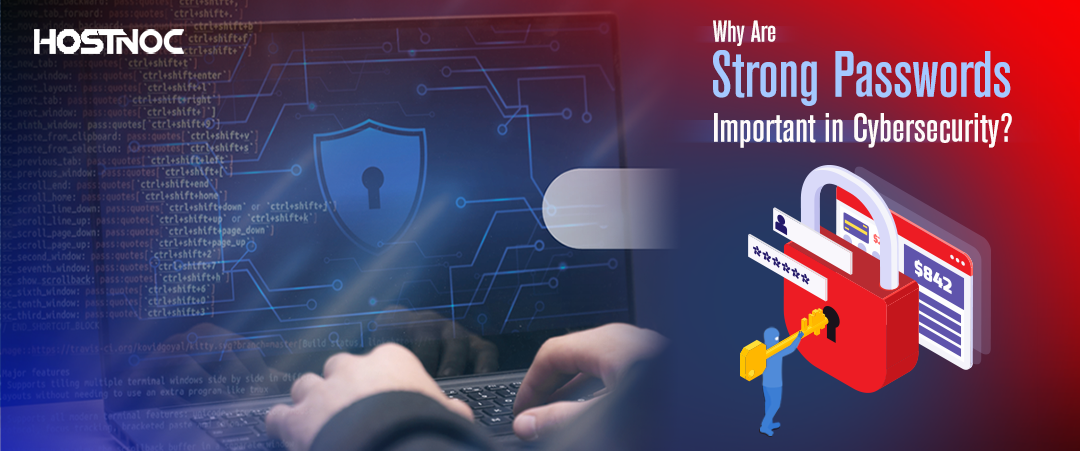Blogs

How to Setup an Arma 3 Dedicated Server?
April 5, 2021
How Much Does A Server Cost for a Small Business in 2021?
April 7, 2021Open source technology and tools have infiltrated every facet of your organization. In fact, most of the enterprise software is developed using open-source code. As DevOps becomes more and more popular, developers are increasingly relying on reusable modules and libraries. As a result, we see even more open-source code being used for developing enterprise software.
According to research, 82% of code bases contain four-year-old code while 73% of code bases have at least one licensing issue. When you factor in the security issues associated with open source code as well as the poor reliability of open source software, you have a major security concern at your hands.
How can you continue using open source software without becoming a victim of a cybersecurity attack? Here are six best practices you should adopt to use open source software safely.
-
Policy Comes First
When you are using open source code for enterprise application development, you should have the policy to govern it. The first step to secure open-source software is to establish a policy for developers, management and operation staff on how they can use the software within an organization.
A policy will help all the stakeholders understand how they can reduce the risk. Moreover, it will help you adopt standard behavior and practices as well as lay the foundation of software security. Without an open-source software policy in place, you might be vulnerable to a cybersecurity attack which takes advantage of loopholes in open-source software.
-
Update Components
Old code is a cyber criminal’s best friend. If you want to secure your open-source software, it is important that you install patches and bug fixes quickly. Ensure that you have implemented those patches and updates in all the apps that use libraries or frameworks which can be exploited.
Understanding which components are part of the application is extremely important. Ensure that you constantly monitor and update components as well as keep an eye on software dependencies linked to those components.
-
Leverage Automation
Automation plays an important role at different levels in open source security. Automatic update scan processes can sometimes backfire and lead to unwanted consequences. Security orchestration automation and response can reduce the risk associated with automatic updates and delivers all the key benefits of updated code just like VPS hosting which delivers all the benefits of the best dedicated server hosting without costing you an arm and a leg. This is why it is important to include automation tools in your software supply chain and make it an integral part of your cybersecurity program.
-
Focus on Dependencies
Today, applications are composed of components and most of them are open source projects. These components are exposed to a host of vulnerabilities, so you should at least know the relationships and dependencies to cope with these vulnerabilities. There are many tools that can do the heavy lifting for you and tell you the dependencies between different components. One of the best examples is that of the OWASP dependency checking tool which was created with an open-source structure in mind. It analyzes your open source code and checks it against its CVE database to tell you about dependencies and vulnerabilities in the code.
-
Project Size Matters
Open source projects can both be simple and small or large and complex. As a rule of thumb, the larger the project size, the more lines of code it contains. Even though you can quickly identify vulnerabilities in large projects as compared to smaller projects because many people are looking after the code, it would still require more resources.
-
Repositories are Important
Most developers use libraries and functions from reputable sources. Unfortunately, there are many risk factors linked to open source used by repositories enterprise developers. According to Linux Foundation, “In most language repositories, weak or missing authentication and publisher verification mechanisms create uncertainty and risk the provenance of stored code.” Irrespective of which repository your enterprise developer uses, make sure they know about the pros and cons of every repository they are using. This enables your security team to design procedures and policies that would prevent security issues.
Which open-source software do you use and why? Let us know in the comments section below.
Featured Post
IBM Unveils Solutions To Automate Security Operations
At RSA Conference 2025, IBM announced a significant expansion of its managed detection and response (MDR) services with the introduction of new agentic AI to automate […]
Why Are Strong Passwords Important in Cybersecurity?
Table of Contents The Role of Passwords in Cybersecurity Why Are Strong Passwords Important? Protection from Brute Force Attacks Preventing Account Hijacking Protecting Sensitive Information Safeguarding […]
7 Cybersecurity Trends for 2025 According to IBM
Table of Contents 7 Cybersecurity Trends for 2025 According to IBM 1. The Rise of Shadow AI 2. Identity Becomes the New Security Perimeter 3. Collaboration […]





